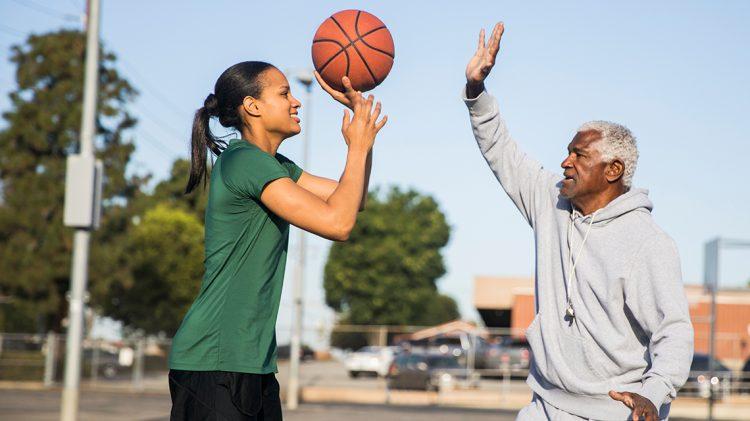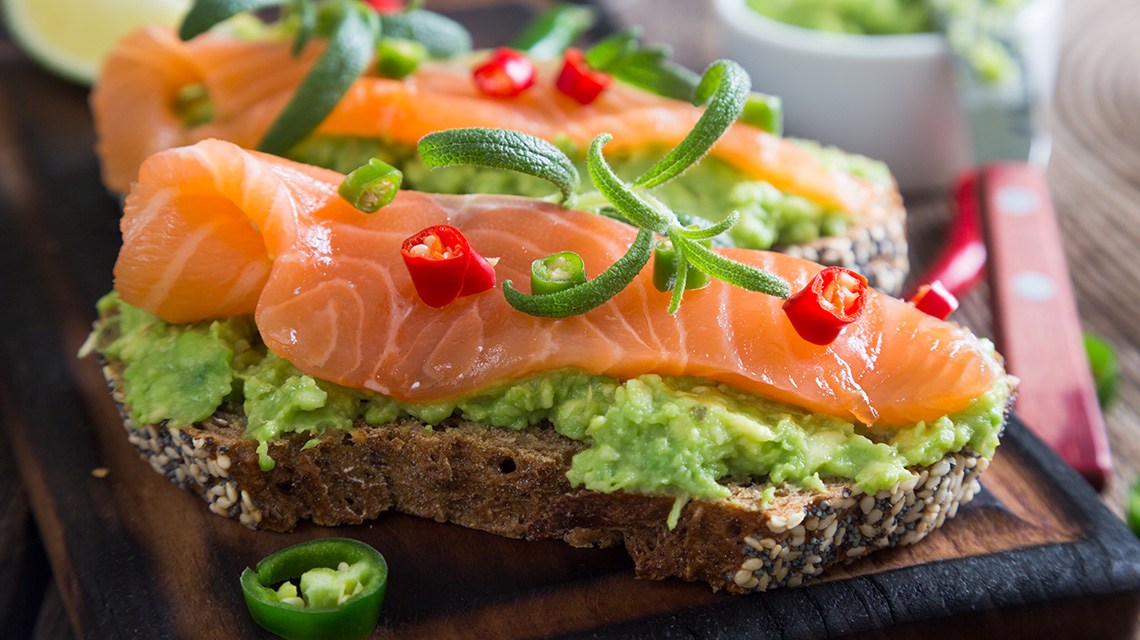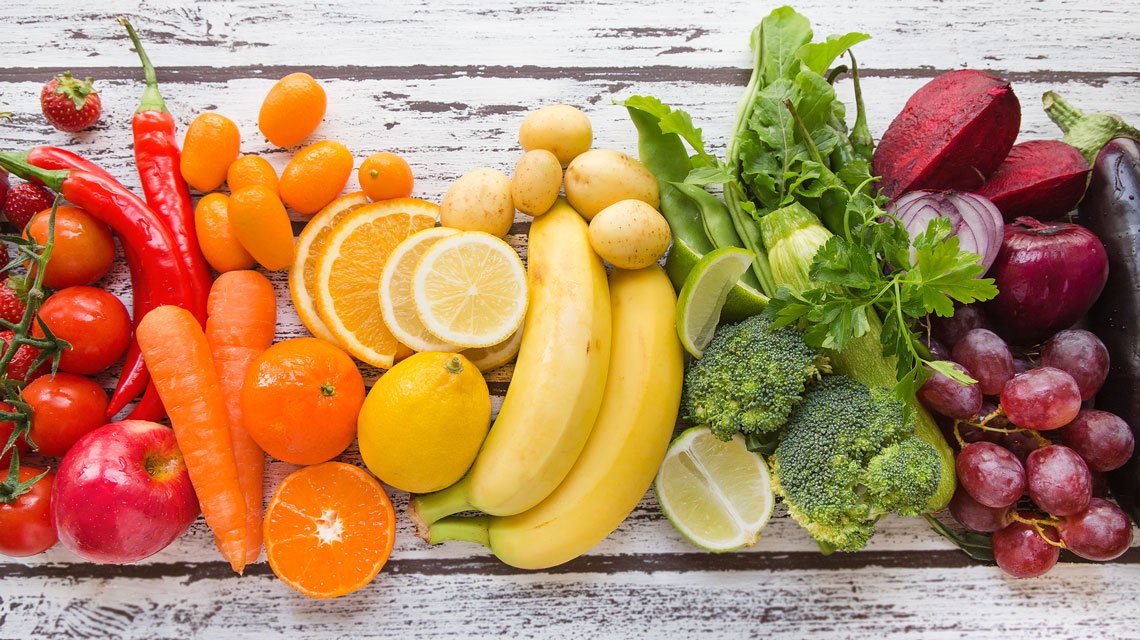
Building
a strong
base
Counteract the effects of aging.
June 8, 2018Counteract the effects of aging.
June 8, 2018In Collaboration
In the world of fitness the focus often falls on short term goals: losing weight or running a marathon. What about the long term? In your 20’s and 30’s you may feel invincible: strong, fit, mobile and practically unbreakable. Training with your 50- or 70-year-old self in mind is hard. Imagine a time when your bones are fragile and too weak to even get up from your chair, but this is the reality of aging, it’s part of being human. Although there is no way of stopping this aging process, a well-balanced prevention plan focusing on physical exercise, high-intensity training and quality nutrition can significantly slow this process. Phew!
Aging is associated with loss of muscle mass, known as sarcopenia and reduced Bone Mineral Density (BMD) that leads to osteoporosis. Globally, osteoporosis is responsible for more than 8.9 million fractures each year, which equates to a fracture every 3 seconds, effecting 1 in every 3 women and 1 in every 5 men. A fracture may not seem like a big problem in your 20’s, but for the elderly, fractures are correlated with reduction in life expectancy.
From the age of 30 we lose between 3-5% of muscle mass each decade and stop making any bone deposits. Low BMD is associated with a significant increase in risk of fractures and future loss of independence and mobility. Reduced independence increases the risk of depression for the elderly and has been found to lead to a reduced life expectancy.
Thankfully high-intensity resistance training has been found to help maintain muscle mass as we age and minimise strength losses. And studies have found that BMD can be maintained or even increased with load baring exercise.
Many people wait until they are told they have osteopenia (low level bone losses) to commit to regular physical training and a healthy diet. Even then, looking at the incidence of osteoporosis it is clear that it is too little, too late.
Childhood and adolescence have been recognised as crucial periods to improve bone mass through physical exercise. However, if you didn’t have an active childhood, starting as soon as possible is the next best thing.
Create your action plan using the information below and build a strong base starting today:
Move for strength, balance and mobility: high intensity, high impact.
The best method of training to maintain BMD and muscle mass is found to be high-intensity strength training, which means lifting weights that are at least an 8/10 or 80% effort.
As your strength improves it is important to progress your training by increasing the weight lifted in order to maintain the intensity.
If you are free from joint issues, include impact exercises like running or jumping in your training, to further benefit your BMD.
Completing 2-3 strength training sessions per week is found to have a protecting effect on muscle mass and BMD.
Eat for strong bones.
Calcium: Bone contains 99% of the body’s calcium so it’s not surprising that we need it to build bone. Not all foods are created equal when it comes to calcium absorption. Include foods with a high calcium absorption rate into your diet like milk, yoghurt, bok choy, kale and broccoli.
Protein makes up 20-30% of your bone mass and is essential in maintaining muscle mass. Studies show that the combination of a high-calcium and high-protein diet is the most beneficial for bone health.
Vegetables and wholegrains: Include a large variety of colourful vegetables and wholegrains in your diet to promote bone health.
A well-balanced prevention plan can counterbalance the loss of muscle and bone mass that is natural through the process of aging.
Destabilise your training.
Add an element of instability into your training by using free weights, as opposed to machines to help strengthen the tendons and ligaments that surround your joints. The addition of single leg exercises like a reverse lunge or Bulgarian split squat help to develop balance and stability. Maintaining your ability to balance and strengthen these stabiliser muscles will reduce the risk of fall-related fractures in the long term.
Introduce yoga into your week.
Yoga involves movements that challenge balance, improve mobility and develop strength. Look to incorporate a yoga practice at least once a week to stay strong, supple and balanced.
Move often, eat well.
Image by IStock/adamkaz




